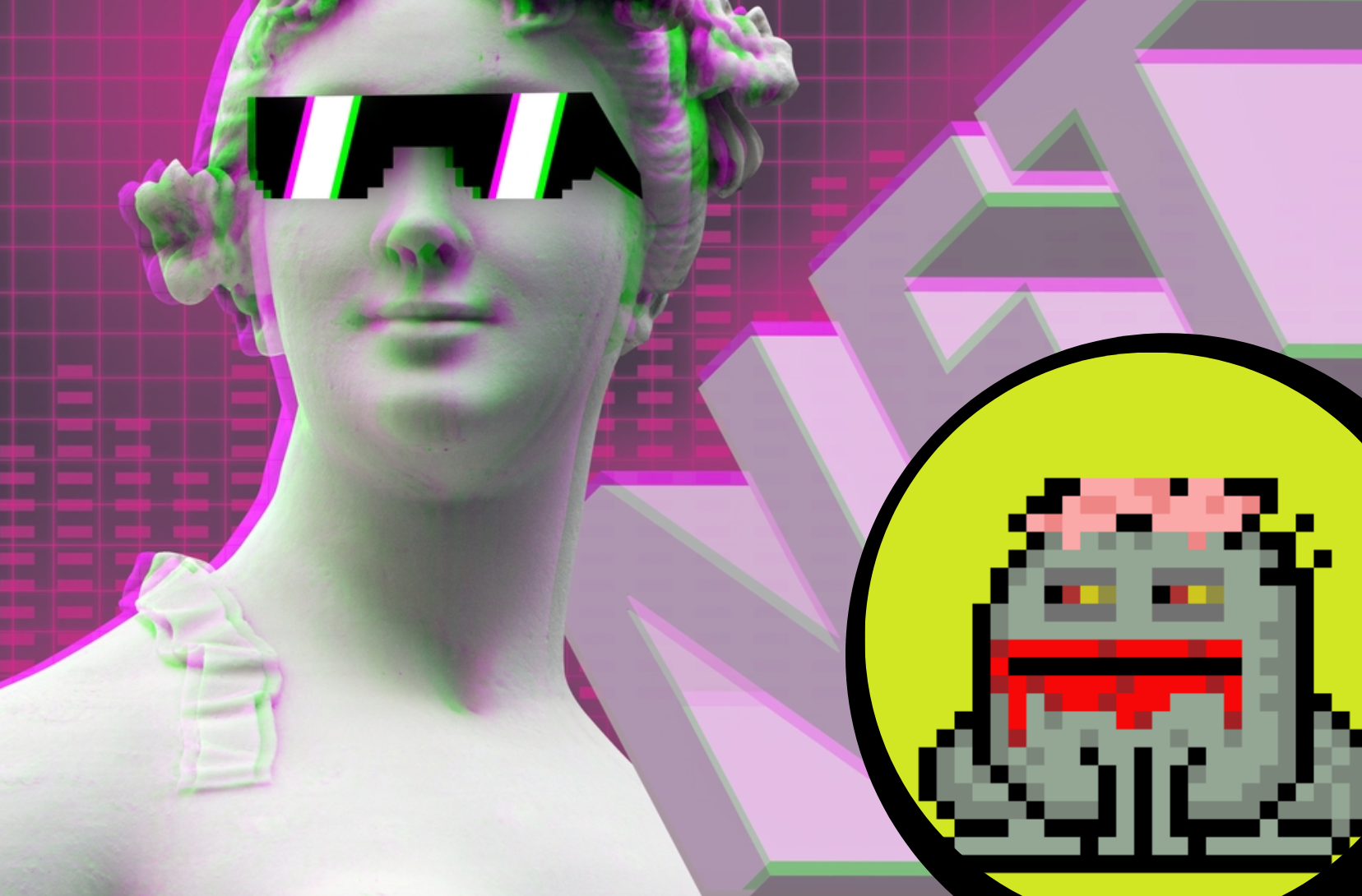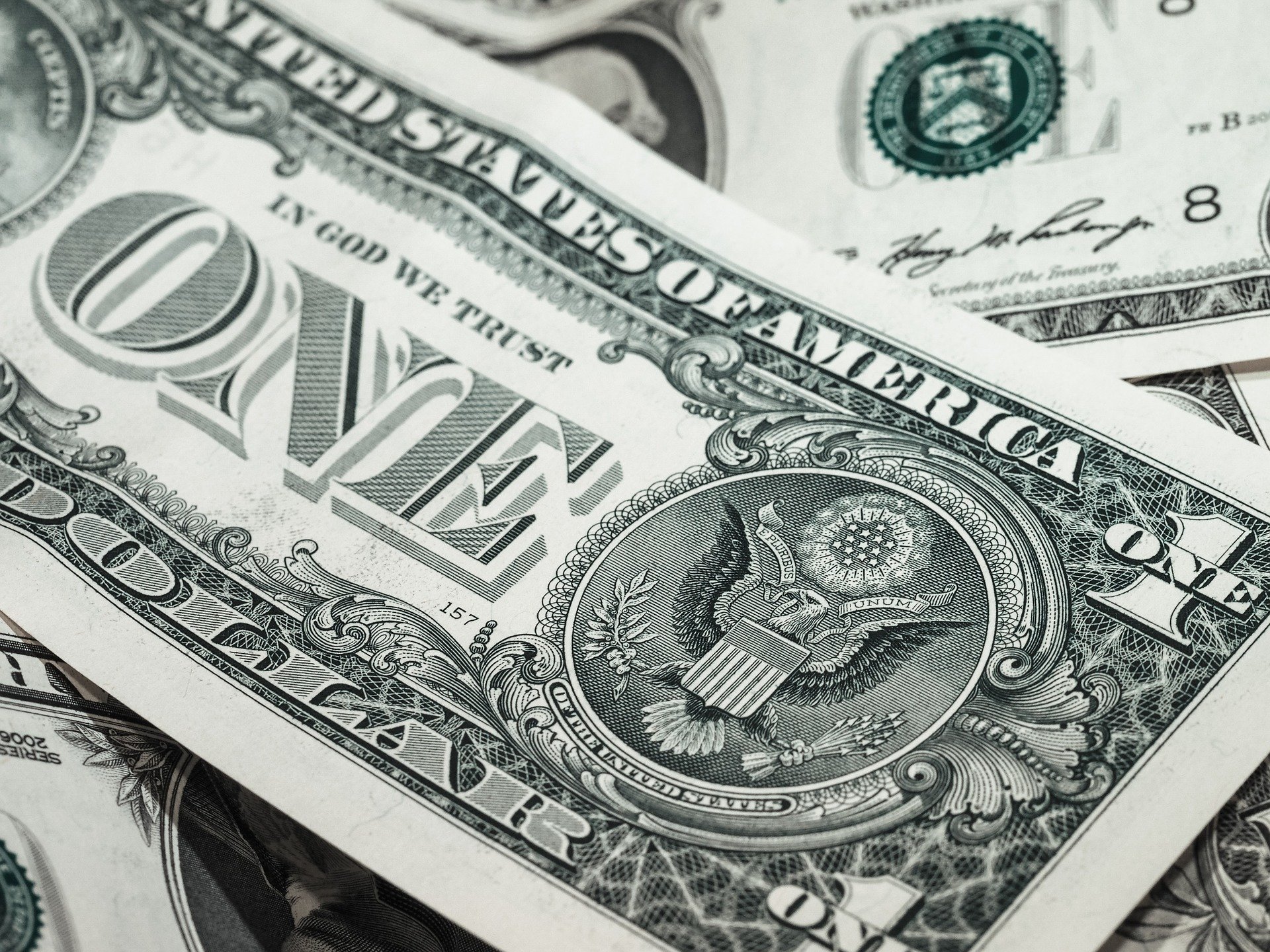“Any time in which a question about financial technology involves a response relating to Hegelian dialectics you just know this is going to be a truly out-of-this-world conversation,” Dr. Chris Brummer joked, finding his bearings at the start of an episode-length investigation to not only explain the concept of non-fungible tokens or “NFTs,” but to also prepare for a dive deep into the pros and cons of this new blockchain-based collectible resource. Analogies, in short, are inescapable. What does it even mean for a blockchain-based currency to be non-fungible? What does having a permanent “serial number” on blockchains like Etherium associated with a piece of art, a video, or even a tweet mean for ownership? Brought on the podcast to take on this hot-button topic were Nic Carter, partner of Castle Island Ventures, and Amy Luo of Centre.io, a consortium of industry players designed to help the US Dollar coin (USDC).
Nic Carter is a partner at Castle Island Ventures and the co-founder and board chairman of blockchain data aggregator Coin Metrics, which was established in 2017. On his own highly popular podcast, “On the Brink,” he and his co-host Matthew Walsh interview leading experts in the industry of cryptocurrency and fintech to explore the political, ethical, and economic impacts of public blockchains. Prior to his time at Castle Island Ventures, Carter was the first crypto asset analyst at Fidelity Investments. He earned his bachelor’s degree in philosophy from the University of St. Andrews, and his master’s in finance and investment from the University of Edinburgh.
Amy Luo is the general counsel for Centre.io, which has developed the USD Coin, a stablecoin from Circle and Coinbase that is “issued by regulated and licensed financial institutions that maintain full reserves of the equivalent fiat currency.” Prior to her position as general counsel for Centre, Luo acted as senior counsel for Coinbase, where she was responsible for Institutional Sales/Coverage, Business Development, and Stablecoin legal, regulatory, and policy matters. She attended Yonsei University and the Schulich School of Business, and earned her JD from the Boston University School of Law.
Dr. Chris Brummer, too, has long had an eye on the latest developments in financial technology as a professor in Washington, DC, where he lives with his wife Rachel Loko. He is the faculty director of Georgetown’s Institute of International Economic Law, where his work has centered on innovation and financial regulation. On his podcast, Fintech Beat, Dr. Brummer expands on his research, and interviews experts and insiders in financial technology to explore the “intersection of policy, finance, and tech” for the benefit of potential investors and enthusiasts alike. He is also the founder and host of the DC Fintech Week Conference, a weekend of panels and discussions in the nation’s capital with the goal of democratizing information about the future of financial technology. His paper, “What Do the Data Reveal About (the absence of Black) Financial Regulators?” was published by Brookings last year and is a testament to his intersectional approach to financial technology and regulation, incorporating race, class, and demographics, and concerns about representation into his body of work. He has had the distinction of serving on transition team for Joe Biden and Kamala Harris, and has advised regulators, including ESMA on the future of innovation. He was recently added to Fannie Mae’s in February of 2021.
NFTs are only a term of art, and difficult to pin down even among experts. But the technology defining them is straightforward.
“It’s a serialized piece of information that exists in a public blockchain context,” Carter says after comparing them to bitcoin, the fungible currency, “It’s a way to take a serial number which uniquely addresses some item, some data, some piece of content, and insert it onto public Blockchain rails[…] so it is innately financialized and can be traded on a peer-to-peer network.” In the short term, as Nic Carter explains, that means that NFTs are currently being used as a way to ensure, if not complete exclusivity, then at least a more controlled way to claim ownership of otherwise eminently fungible digital media such as digital art, game assets, or tweets.
Amy Luo of Centre.io is focused on the long-term as she imagines the future of NFTs: “In the future, almost all data on web free will be in a form of NFTs. Not just in the form of digital goods we see today but shopping lists, medical history. In the future we aren’t going to be talking about what an NFT is or isn’t but whether you’re receiving or transmitting.” While the implications of that may seem scary, the goal, as Luo points out, is freedom of information. The ability for an individual to take ownership of the information they disseminate of social media or through patient portals is galvanizing when you consider how much data is freely given away to brokers through websites like Facebook and Twitter.
When it comes to the ability of NFTs to create scarcity and value in digital art, Dr. Brummer is quick to observe the values of the analog version. “Ebooks are great and you can search quickly, but if you’re like me, there’s nothing like a real book: the texture, the feel, even the smell.” While Nic Carter argues that the value of a non-fungible token over a piece of physical art is the lack of degradation, he’s also quick to admit that the tokens don’t constitute the same kind of ownership. “You’re not buying the original piece. You don’t have any rights associated with that. You’re just buying a fixed vintage with some association from the artist.” This isn’t to say artists can’t make the deal more enticing by throwing in IP rights as well, but that’s a separate service not included within the promise of an NFT. Knowing all of this and knowing that these are still uncharted waters, Dr. Brummer moves on to investigate what the value of NFTs is.
Amy Luo argues that NFTs can be bought for personal enjoyment and fulfillment but also as a form of investment. Like Bitcoin, the value of the non-fungible tokens is entirely consumer driven, so the question then becomes: what can be done to ensure purchasers’ return on investment? Amy Luo gives the example of a musician creating a song and dividing it into 100 discreet NFTs. It’s entirely dependent on how the song, as a product and investment, is marketed by the artist and how much of an understanding the public has on the value of the song. Both experts in the conversation with Dr. Brummer admit that the COVID-19 pandemic has had a major effect on crypto and NFTs just because of the sheer number of people who have taken up trading, collecting, and amateur investment through websites like Coinbase. “It’s the most mainstream corner of the crypto market,” Nic Carter admits when asked about the future viability of NFTs, “I do expect it to be an enduring feature of the market.” Amy Luo brings up the bubble of both crypto and NFTs, but also believes that NFTs are not just here to stay, but haven’t even hit their stride yet. “This is the recipe printing phase of the internet. Once we get over this hump we’re going to see some crazy innovation happen.”
For financial regulators, the world of crypto continues to be the wild-west of IP and ownership laws, with some early adopters of non-fungible tokens already losing access to what they have bought, tens of thousands of dollars effectively disappearing overnight. According to Dr. Brummer, regulatory questions abound, too, due to the myriad legal and theoretical questions that crypto generates. Indeed, for Brummer, they’re worth serious thought, and even personal introspection. The opportunities for ownership of information that Amy Luo espoused seem great, but the risk and volatility of NFTs as investments and even collectables can be considerable too, and deserve a rigorous policy conversation.
To hear the full episode on NFTs, go to Apple Podcasts or Spotify. To learn more about Dr. Chris Brummer’s research, click here.


